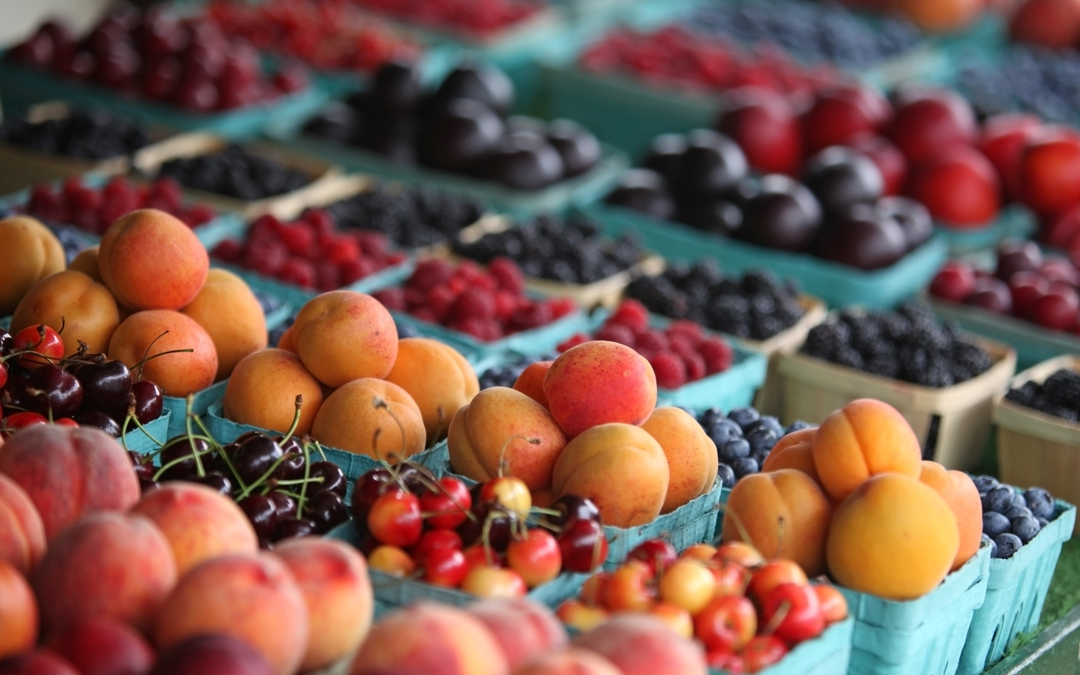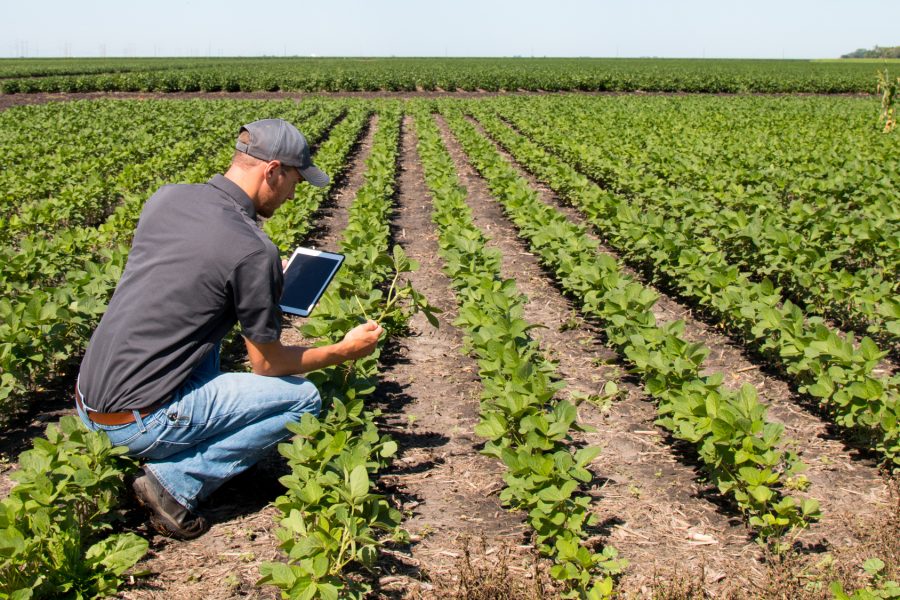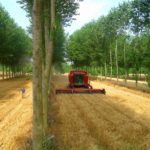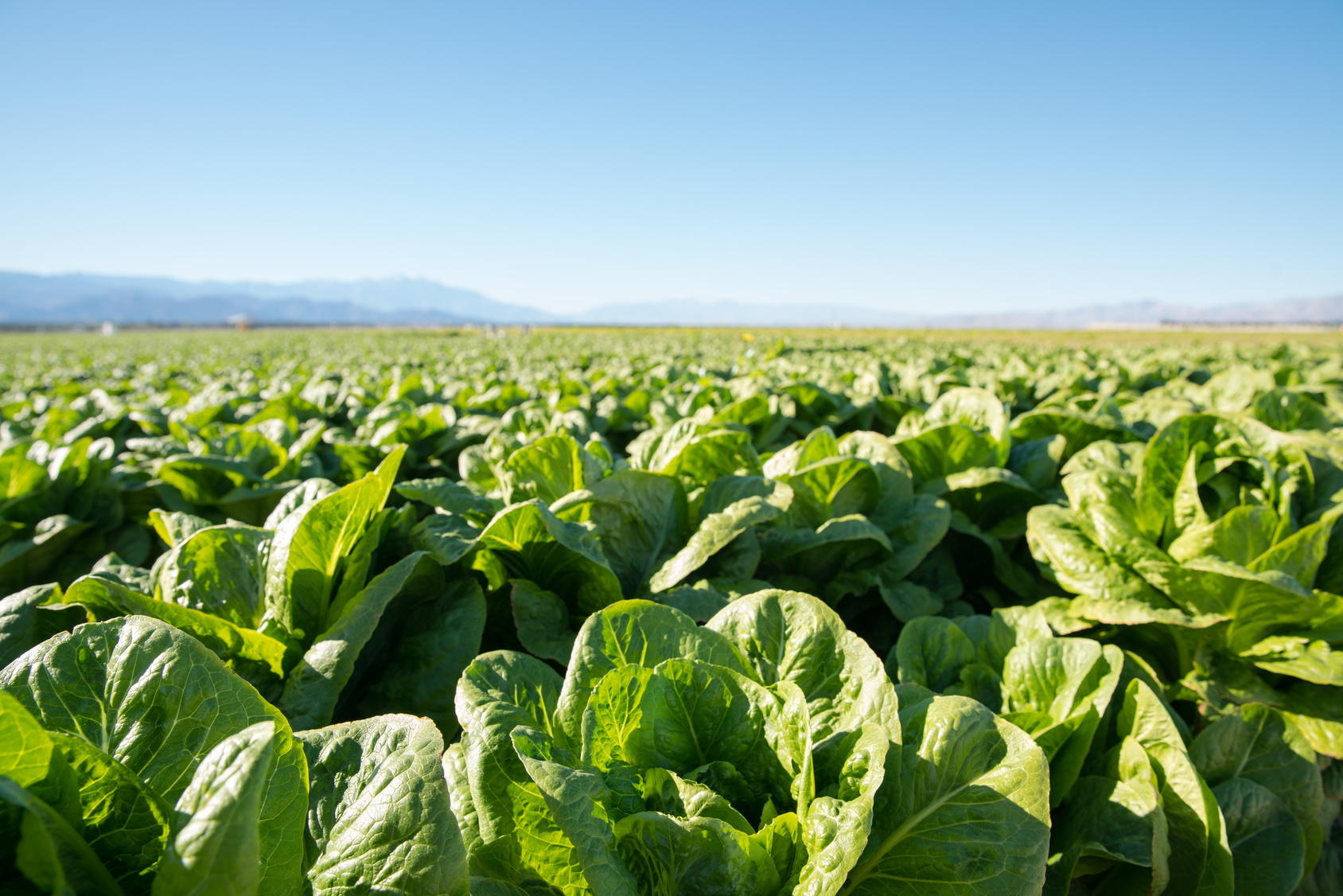The specialty crops industry makes up a significant proportion of U.S.’s total agricultural output by value. However, producing specialty crops has its own set of unique challenges that call for similarly unique solutions. This panel focused on the specialty crop industry’s challenges, dynamics, and opportunities for growth to better understand how to solve future problems.
What are Specialty Crops?
- Specialty crops are defined by law as “fruits and vegetables, tree nuts, dried fruits and horticulture and nursery crops, including floriculture.” For those who are unpacking U.S. legal agricultural categorization for the first time, this may be a little confusing. Specialty crops do not include many of the staple crops that the midwest of the U.S. produces, like wheat, corn, and soy. However, they do include massively popular crops such as the top 20 vegetables consumed in the U.S., all tree nuts, and even the christmas tree.
- Each year, the U.S. produces $79.8 billion in value just from specialty crops, which amounts to 17.6% of agricultural value produced annually in the U.S.
- Specialty crops are a higher risk, but produce a higher reward than traditional crops.
Trends in Specialty Crops
- We’re in the middle of a labor crisis in agriculture and labor remains the top operating cost for specialty crops, with many producers still understaffed with little relief in sight.
- Consumers are buying more produce online. According to a recent survey of consumers who buy produce online, 59% said that they were buying more produce than they were in 2011, and more than 50% said that they would both continue to use curbside pickup or home delivery.
- Supply chains may become shorter as a result of increased e-commerce.
- Indoor farming, which is already focused on specialty crops, is growing exponentially.
- Companies that can figure out how to dovetail genetic crop improvements with specialty crop indoor grow operations may excel.
- There may be opportunities for specialty crop growers to capture soil carbon credits. Industry leaders are currently working on paths for producers to take advantage, but kinks still need to be worked out.
Challenges and Opportunities in Specialty Crops
Labor:
- As the availability of labor has fallen, the cost of labor has risen. Mechanization, particularly of harvesting, has come slower than anticipated.
- Regulatory costs, particularly involving labor, have increased by almost 800% over the past 12 years.
- There’s a critical mass issue with increasing regulatory labor costs. If regulations force even a small percentage of acreage in an area to shut down, the supporting infrastructure for that area may no longer be able to provide those essential resources to remaining operations.
- While mechanization may be an eventual solution to the labor problem, it’s important to focus on finding solutions that will work for the size of the production operations that are operating now. Intermediate solutions that can be deployed today have as much of a potential role to play.
- Breeding crops to require less labor and less human time in the field may be useful.
Drought:
- Drought disproportionally affects the western regions of the US where most specialty crops are grown.to worsen, increasing strain on US-based specialty crop production.
- We need further innovation and implementation of current technologies in fields such as water capture and storage, desalinization, and irrigation. If the dominance of specialty crop production in California is to continue, innovation and implementation of water capture and storage and desalination may be needed.
Food Safety:
- Food recalls cost growers and companies a lot annually and present a constant cost issue.
- Rapid, low-cost tests and technology are needed to eliminate contamination across the supply chain.
Regulatory Costs:
- The recent increase in regulatory costs has been primarily driven by the previous three issues, labor, drought, and food safety issues. Growers bear the brunt of these increased costs, leaving operations struggling to offset them.
- Increased regulations often make the most sense when they are data-based, but drive out productive agriculture when they start with specific actions, without taking data into account.
- It’s often better to specify the reporting that is needed on an issue and then let the growers figure out how to meet those reporting standards.
Opportunities for Advancement
- Using genetics management to influence abiotic stressors, “problems that historically and traditionally we can’t influence,” can improve crop tolerance.
- Focusing on gene editing for traits that consumers will accept for sustainability or health reasons may also increase the economic viability of specialty crops. The industry must confirm that the public has given them “the social license” to use certain gene technologies.
- People seem to want more emphasis on changes to biology and less development in solutions based on chemistry advancements, ie. pesticides or some fertilizers.
- Advancements in agricultural technology naturally follow success in the specific field of the industry. As specialty crops produce more revenue, agricultural technology will hopefully keep pace.
- Finding ways to shorten supply chains may help ease the economic burdens of the aforementioned issues.
- Advances in indoor farming can help to reduce risks of contamination, and increase efficient use of base materials. Indoor farming also has the potential to decrease use of pesticides, which will increase consumer interest, and reduce risk of food safety incidents.






